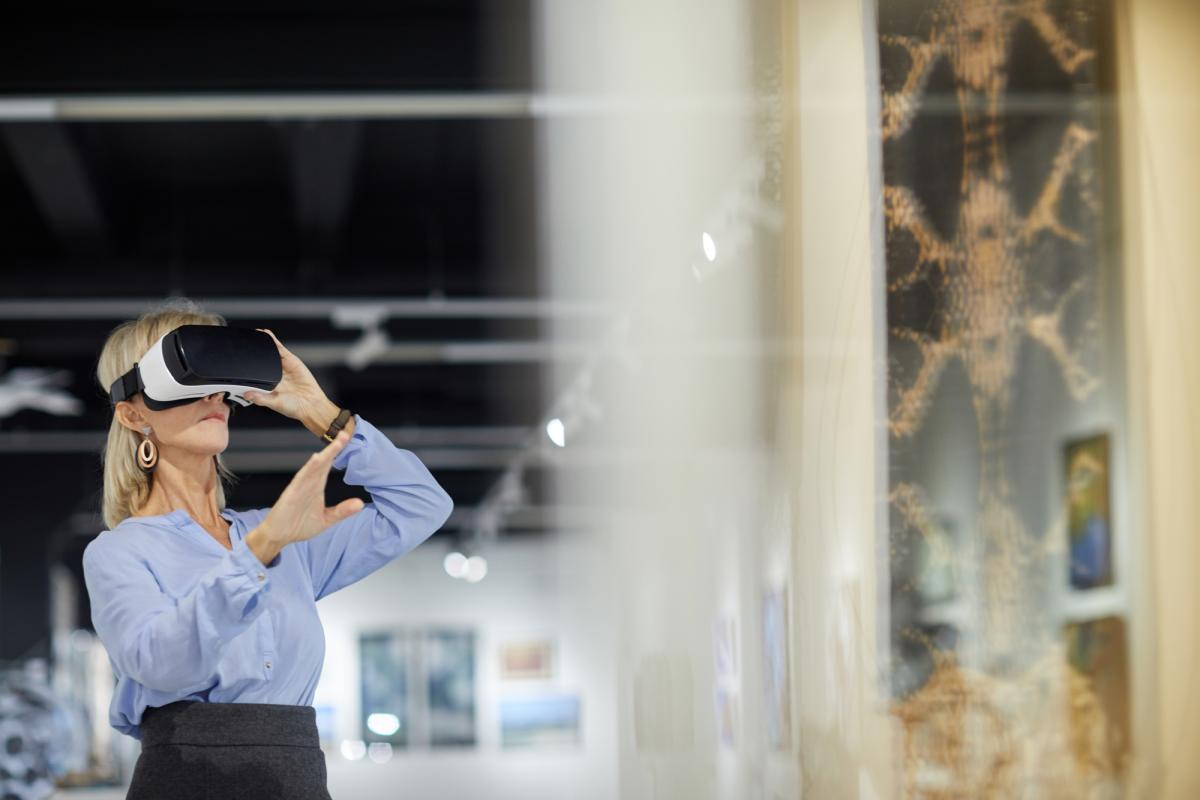The history of art has witnessed several revolutions over the centuries, from the invention of oil painting to the avant-gardes of the 20th century.
However, The 21st century brought with it a unique and innovative revolution – the Digital Revolution.
This revolution has permeated all spheres of society, including the way we interact with art.
The art galleries, particularly, have been transformed by the influence of technology, significantly altering the visitor experience.
1. Digitization of the Collection:
One of the most striking changes in the digital era was the digitization of the artistic collection.
Renowned galleries around the world have invested in ambitious projects to digitize their collections, making them accessible to a global audience.
This not only democratizes access to art, but also preserves works that may be subject to physical wear and tear.
2. Virtual and Augmented Reality:
The integration of virtual reality (RV) and increased (OUT) in art galleries has provided visitors with immersive and interactive experiences.
Imagine walking through an exhibition where works come to life when viewed through an app on your device.
This fusion of art and technology not only captivates the viewer, but also offers new perspectives on the works.
3. Multisensory Experiences:
Technology has allowed galleries to explore the multi-sensory dimension of art.
Projects that involve not only vision, but also the sound, touch and even smell have emerged.
Visitors can feel the texture of a sculpture through tactile devices, listen to the soundtrack that complements a painting, providing a complete and enriching sensory experience.
4. Guide and Interactivity Applications:
Traditional audio guides have given way to interactive applications that enrich the visitor experience.
Sign up to receive Event News
and the Universe of Arts first!
These applications provide detailed information about the works, allow visitors to customize their itineraries and even participate in interactive exhibition-related games.
This creates a more immersive experience, especially for younger audiences.
5. Generative Art and Artificial Intelligence:
The artificial intelligence (IA) and generative art have challenged the boundaries of creativity.
Artists and programmers collaborate to create dynamic, ever-evolving works of art, thanks to algorithms that respond to variables such as audience interaction.
Not only does this add a layer of unpredictability to the experience, but also opens doors to collaborative artistic creation between humans and machines.
Harmonia Digital: The Innovative Future of Art Appreciation
The Digital Revolution in the Art Gallery has transcended simple adaptation to technology; it has redefined the very nature of the artistic experience.
By combining the past and present, tradition and innovation, art galleries are shaping the future of art appreciation.
Technology is not just a tool, but a means by which art reinvents itself and connects in unimaginable ways.
As we navigate this new territory, the Digital Revolution in the Art Gallery continues to unfold, promising an even wider horizon of possibilities for art lovers around the world.

